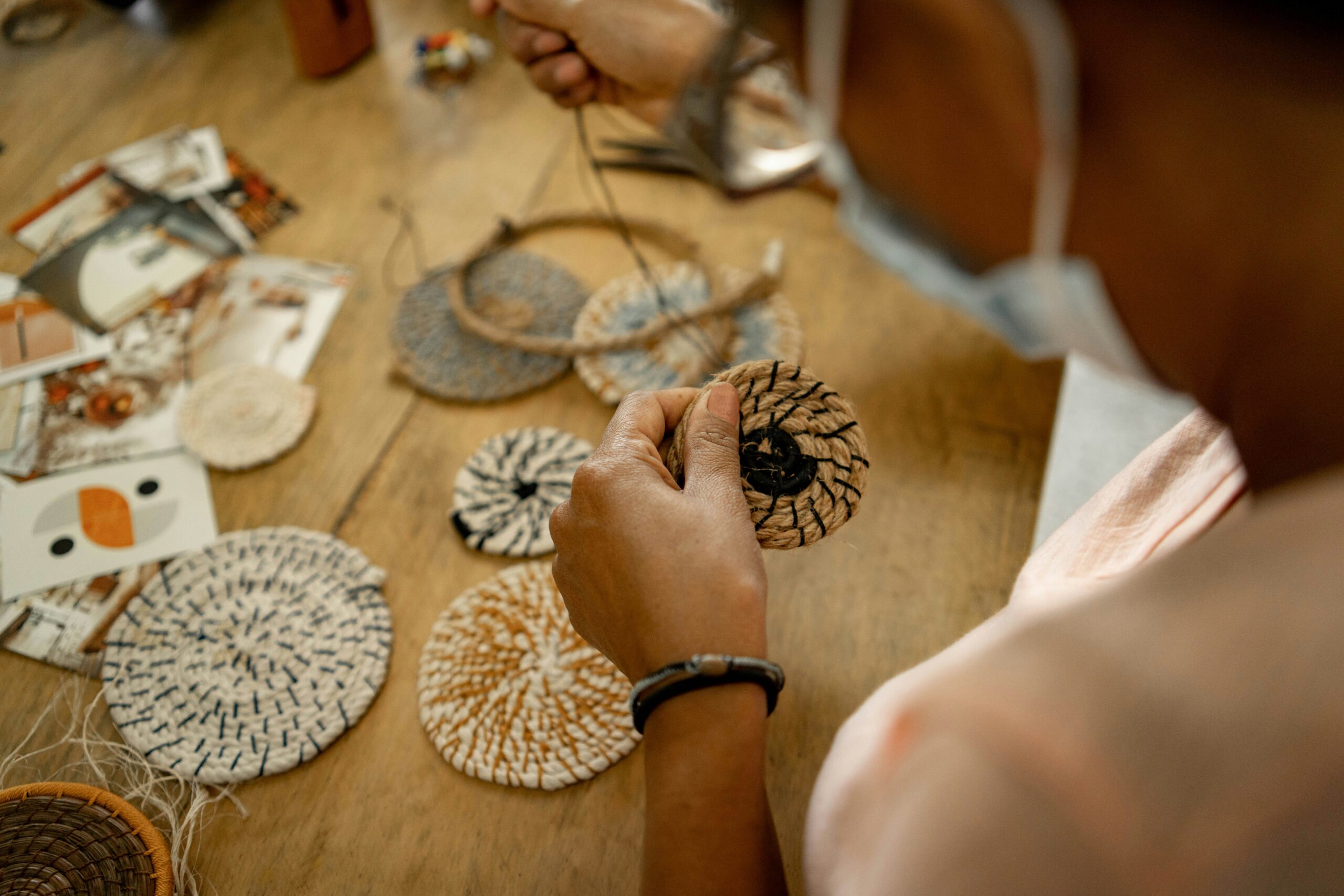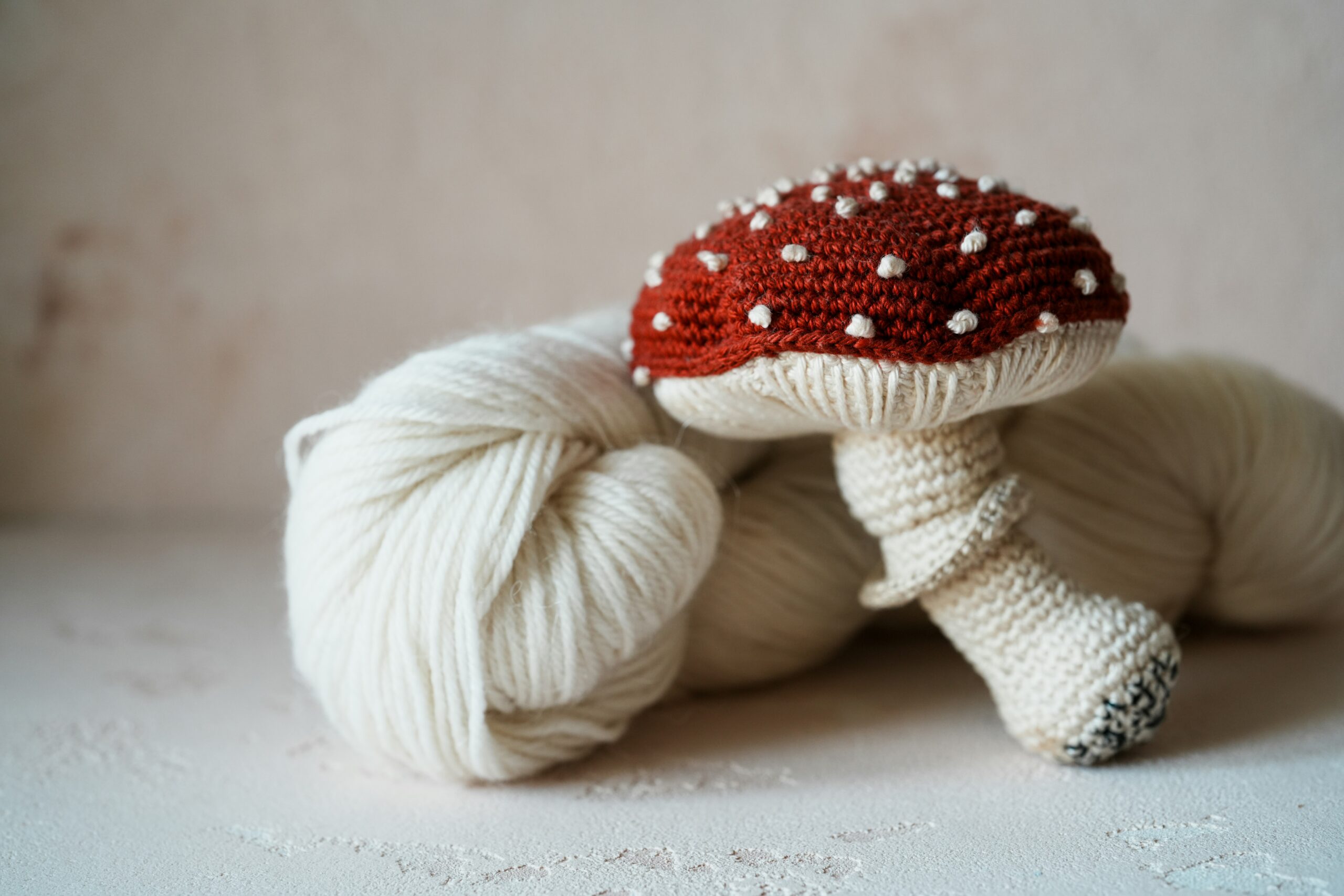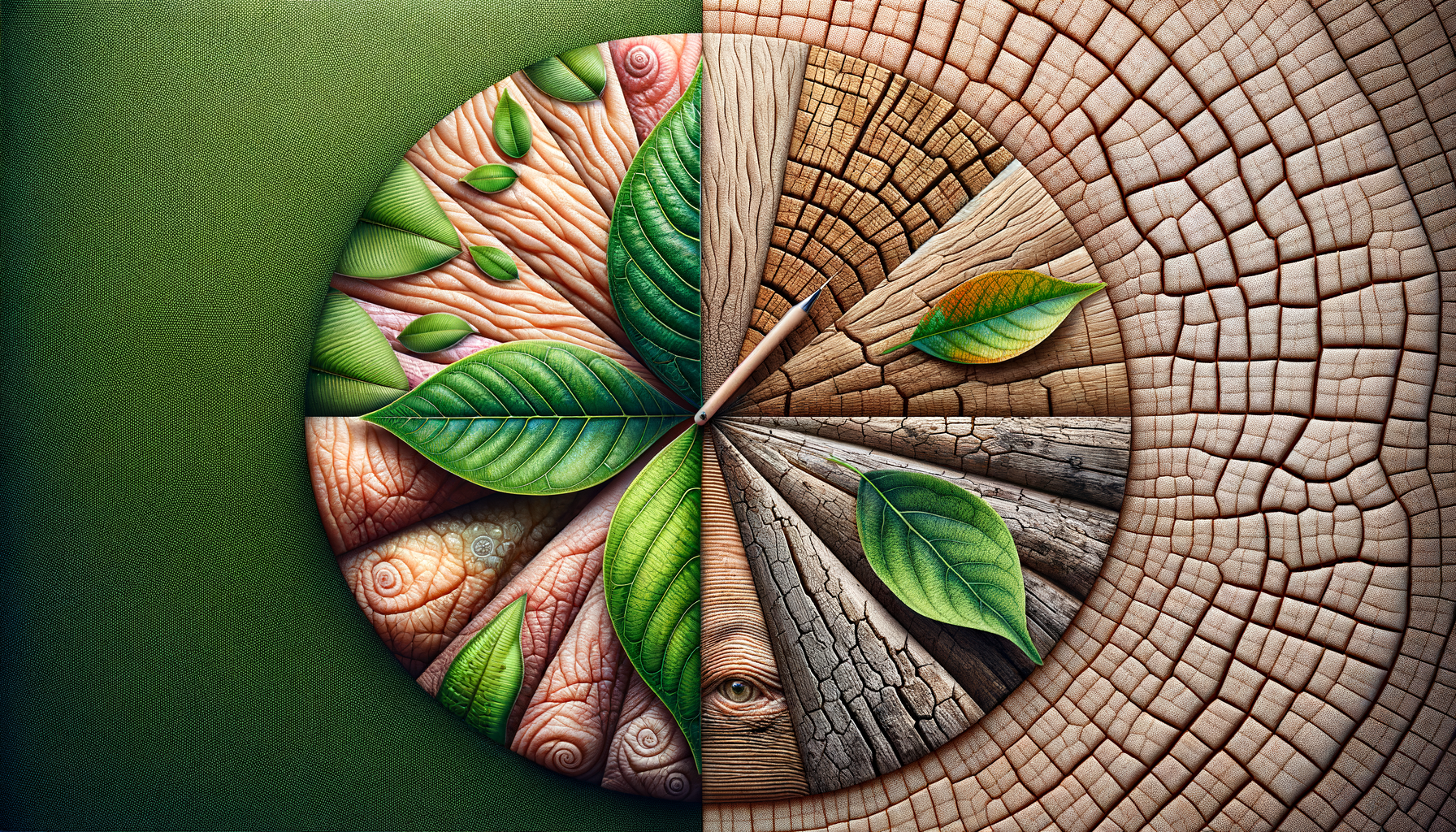The Science Behind Skin Rejuvenation
Skin rejuvenation is a fascinating field that combines the art of skincare with scientific advancements. Over time, our skin naturally ages due to factors like sun exposure, pollution, and the natural aging process. These factors lead to the development of wrinkles, fine lines, and a loss of elasticity. However, modern science has paved the way for innovative treatments that can help reverse these signs of aging.
At the core of skin rejuvenation is the concept of stimulating the skin’s natural healing processes. This can be achieved through various methods, including laser treatments, chemical peels, and microneedling. Each technique works by encouraging the production of collagen, a protein that plays a crucial role in maintaining the skin’s firmness and elasticity.
Laser treatments, for instance, use focused light energy to penetrate the skin layers, promoting collagen production and skin cell renewal. Chemical peels, on the other hand, involve applying a chemical solution to the skin, causing it to exfoliate and eventually peel off, revealing new, smoother skin underneath. Microneedling involves the use of fine needles to create tiny punctures in the skin, which triggers the body’s natural wound healing process and collagen production.
These treatments are not just about improving appearance but also about enhancing the skin’s health. By understanding the science behind these techniques, individuals can make informed decisions about which method might be most suitable for their skincare needs.
Popular Skin Rejuvenation Techniques in the USA
In the USA, a variety of skin rejuvenation techniques have gained popularity due to their effectiveness and minimal downtime. Among these, laser resurfacing, dermal fillers, and radiofrequency treatments stand out as top choices for many seeking youthful skin.
Laser resurfacing is renowned for its ability to treat a wide range of skin issues, from wrinkles to pigmentation. This technique uses concentrated beams of light to remove damaged skin layers, promoting the growth of new, healthy skin. It’s particularly effective for those looking to improve skin texture and tone.
Dermal fillers have become a go-to option for those wanting to restore volume and smooth out wrinkles. These injectables are composed of substances like hyaluronic acid, which naturally occurs in the skin and helps maintain moisture. By injecting fillers into targeted areas, individuals can achieve a plumper, more youthful appearance.
Radiofrequency treatments, meanwhile, utilize energy waves to heat the deeper layers of the skin, stimulating collagen production and tightening the skin. This method is favored for its non-invasive nature and ability to deliver noticeable results without significant recovery time.
Each of these techniques offers unique benefits, and the choice often depends on individual skin concerns and desired outcomes. Consulting with a skincare professional can help determine the most appropriate treatment plan tailored to specific needs.
Considerations and Aftercare for Skin Rejuvenation
Embarking on a skin rejuvenation journey requires careful consideration and a commitment to aftercare. While these treatments can offer remarkable results, understanding the potential risks and necessary post-procedure care is crucial.
Before undergoing any skin rejuvenation procedure, it’s important to consult with a qualified dermatologist or skincare specialist. They can assess your skin type, discuss your goals, and recommend the most suitable treatment options. It’s also essential to disclose any medical conditions or medications, as these can affect the choice of treatment.
Post-treatment care is vital to ensure optimal results and minimize potential side effects. After procedures like laser resurfacing or chemical peels, the skin may be more sensitive and require extra protection. Here are some aftercare tips to consider:
- Use a gentle, hydrating cleanser to avoid irritation.
- Apply a broad-spectrum sunscreen daily to protect against UV damage.
- Moisturize regularly to maintain skin hydration.
- Avoid picking or scratching the treated area to prevent scarring.
Additionally, staying hydrated and maintaining a healthy diet can support the skin’s healing process. Regular follow-up appointments with your skincare provider can help monitor progress and make any necessary adjustments to your skincare routine.
By taking these considerations into account, individuals can enhance the effectiveness of their skin rejuvenation treatments and enjoy long-lasting, radiant results.








